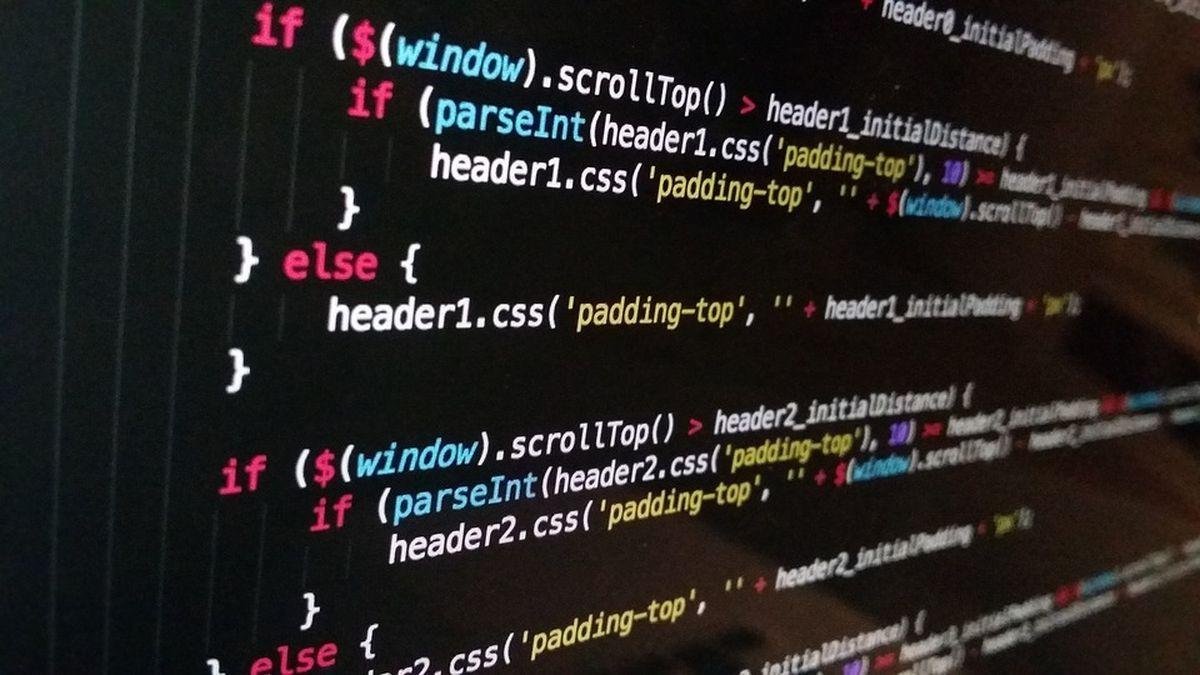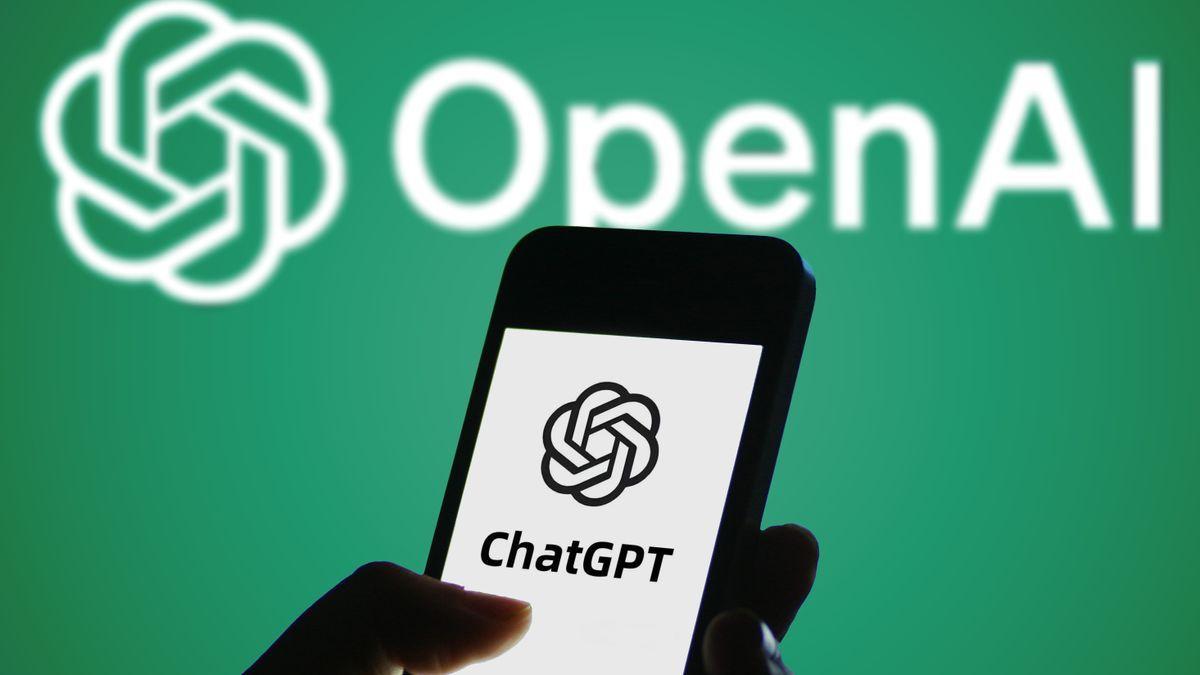Vibe Coding: AI's Disruptive Impact on Software Engineering and Job Market
4 Sources
4 Sources
[1]
Vibe Coding Is Coming for Engineering Jobs
On a 5K screen in Kirkland, Washington, four terminals blur with activity as artificial intelligence generates thousands of lines of code. Steve Yegge, a veteran software engineer who previously worked at Google and AWS, sits back to watch. "This one is running some tests, that one is coming up with a plan. I am now coding on four different projects at once, although really I'm just burning tokens," Yegge says, referring to the cost of generating chunks of text with a large language model (LLM). Learning to code has long been seen as the ticket to a lucrative, secure career in tech. Now, the release of advanced coding models from firms like OpenAI, Anthropic, and Google threatens to upend that notion entirely. X and Bluesky are brimming with talk of companies downsizing their developer teams -- or even eliminating them altogether. When ChatGPT debuted in late 2022, AI models were capable of autocompleting small portions of code -- a helpful, if modest step forward that served to speed up software development. As models advanced and gained "agentic" skills that allow them to use software programs, manipulate files, and access online services, engineers and non-engineers alike started using the tools to build entire apps and websites. Andrej Karpathy, a prominent AI researcher, coined the term "vibe coding" in February, to describe the process of developing software by prompting an AI model with text. The rapid progress has led to speculation -- and even panic -- among developers, who fear that most development work could soon be automated away, in what would amount to a job apocalypse for engineers. "We are not far from a world -- I think we'll be there in three to six months -- where AI is writing 90 percent of the code," Dario Amodei, CEO of Anthropic, said at a Council on Foreign Relations event in March. "And then in 12 months, we may be in a world where AI is writing essentially all of the code," he added. But many experts warn that even the best models have a way to go before they can reliably automate a lot of coding work. While future advancements might unleash AI that can code just as well as a human, until then relying too much on AI could result in a glut of buggy and hackable code, as well as a shortage of developers with the knowledge and skills needed to write good software. David Autor, an economist at MIT who studies how AI affects employment, says it's possible that software development work will be automated -- similar to how transcription and translation jobs are quickly being replaced by AI. He notes, however, that advanced software engineering is much more complex and will be harder to automate than routine coding. Autor adds that the picture may be complicated by the "elasticity" of demand for software engineering -- the extent to which the market might accommodate additional engineering jobs. "If demand for software were like demand for colonoscopies, no improvement in speed or reduction in costs would create a mad rush for the proctologist's office," Autor says. "But if demand for software is like demand for taxi services, then we may see an Uber effect on coding: more people writing more code at lower prices, and lower wages."
[2]
Vibe coding lets anyone write software -- but comes with risks
Whether you're streaming a show, paying bills online or sending an email, each of these actions relies on computer programs that run behind the scenes. The process of writing computer programs is known as coding. Until recently, most computer code was written, at least originally, by human beings. But with the advent of generative artificial intelligence, that has begun to change. Just as you can ask ChatGPT to spin up a recipe for a favorite dish or write a sonnet in the style of Lord Byron, now you can ask generative AI tools to write computer code for you. Andrej Karpathy, an OpenAI co-founder who previously led AI efforts at Tesla, recently termed this "vibe coding." For complete beginners or nontechnical dreamers, writing code based on vibes -- feelings rather than explicitly defined information -- could feel like a superpower. You don't need to master programming languages or complex data structures. A simple natural language prompt will do the trick. How it works Vibe coding leans on standard patterns of technical language, which AI systems use to piece together original code from their training data. Any beginner can use an AI assistant such as GitHub Copilot or Cursor Chat, put in a few prompts, and let the system get to work. Here's an example:
[3]
Why vibe coding needs more than vibes for enterprise-scale solutions
Vibe coding -- which refers to using artificial intelligence (AI) and prompts to build an app or website - is all the rage these days, a trend companies and tech celebrities are getting into thanks to platforms like Cursor. But even as it makes coding as easy as sending a prompt, it presents challenges of increased scrutiny, more reviews as the codes are not production-ready and requirement of handholding for young engineers, according to industry executives. Companies are raising the bar for hiring, assessing vibe coding and introducing guardrails such as automated code review processes to address the concerns, they said. A 2025 report from GitClear that analysed 211 million lines of code written by AI copilots found that the number of duplicate codes increased to 6.6% in 2024 from 1.8% in 2023. The report highlighted that in addition to being prone to bugs (errors in coding parlance), it increases the burden on developers as they need to understand the context. Vibe coding assessments Neeti Sharma, CEO, Teamlease Digital, said while not all companies are explicitly implementing different processes, some are looking at candidates' prompt library instead of coding skills. Companies are also putting in place internal assessments to evaluate how employees are using AI. Nikunj Verma, co-founder, Cutshort, a hiring platform, said that depending on how much the company allows the employees to use AI, what it is assessing is also changing. Unlike earlier, when hiring was also about aptitude, candidates are now given problems where they can work with AI. Challenges with vibe coding Coding is among the most prominent use cases of AI. About 30% of the new codes in Google and Microsoft are written by AI, with executives saying that the numbers are likely to go up in the coming years. Despite the enthusiasm, there are multiple challenges when it comes to adopting in organisations. Nida Sahar, founder of bootstrapped cloud infrastructure platform Nife.io, said one of the biggest challenges she has been facing in the past few months has been around fresh recruits. "There is an overdependence on LLMs (large language models) and this is leading to critical thinking issues," she said. Abhishek Kaushik, cofounder, WeCP, a recruiting platform, said with AI people can build an app with just a few sentences but one needs more assessment to check if the person can build things. The company launched vibe coding assessment tools and is seeing increasing interest from companies for it. He said if the company is interviewing a senior software engineer, for instance, the assessment tool would ask the candidate to build a clone of, say X, but with five unique features, in under four hours. "If a person is able to build the system using vibe coding, it means that they are able to use AI to implement the constraints that the business needs," he said. A Bengaluru-based AI startup founder told ET on condition of anonymity that this is a concern as there is a major gap between codes written and understanding. "The number of codes written has dramatically increased but so has the burden of reviews," he said, adding that the company has increased security checks for codes and is currently putting in guardrails such as automating the code review process and practices for codes written by AI.
[4]
Is 'vibe coding' taking over tech? With industry leaders riding the trend, AI is the new must-have skill for coders
Move over traditional coding tests -- tech companies now want you to 'vibe' with code. A new trend called vibe coding is sweeping through Silicon Valley, and major companies like Visa, Reddit, DoorDash, and even Google are paying attention. This intuitive, AI-driven approach to software development is not only changing how code is written, but also who gets hired to write it. Forget perfect resumes; your mastery of AI code generators might just be your ticket to the next big role. According to Business Insider, job listings are no longer just asking for Python or JavaScript. Business Insider has uncovered a wave of job postings from industry giants like Visa, Reddit, DoorDash, and cybersecurity unicorn Snyk, explicitly demanding experience with or familiarity with AI code generators like Cursor and Bolt. This isn't just a niche requirement; for some, it's quickly becoming "essential." Visa, for instance, recently posted three generative AI engineer positions in Austin that list familiarity with vibe coding tools as "essential." Reddit is actively seeking an engineer to integrate AI coding tools and engage directly with the broader vibe-coding community to "drive adoption." DoorDash and Snyk also feature similar requirements, with Snyk specifically seeking "deep expertise." Perhaps the most striking embrace comes from Y Combinator startup Domu Technology, which has declared "vibe coding experience" a "non-negotiable." Their job description boldly states that at least half of the hired candidate's current code should already be AI-generated. The underlying motivation behind this fervent embrace of vibe coding is singular: speed. These companies are desperate to "turbocharge" their engineering teams and boost "velocity" - the rate at which they can build and ship products. CTO of Intuit, Alex Balazs, has approved multiple AI coding tools, including Cursor and Microsoft Copilot, stating he has "no regrets." He reveals that "a great engineer using one of these tools can be up to 40% faster in terms of coding." Streaming service Tubi wants an engineer to integrate AI tools to "boost velocity," and Udacity seeks to "accelerate" product development through AI-savvy hires. Visa's positions also specifically mention "rapid" code and prototype generation. The term "vibe coding" itself gained prominence from influential tech leaders. Google and Alphabet CEO Sundar Pichai has openly shared his "delightful" experiences with "vibe coding" -- a casual yet cutting-edge way of using AI tools to build webpages with minimal manual programming. Speaking at Bloomberg Tech, Pichai mentioned experimenting with AI-powered coding assistants like Cursor and Replit to create a custom webpage. He emphasized the immense power AI is bringing to web development, a level unseen in 25 years. This shift isn't just about speed; it's about a more intuitive, AI-driven approach where developers become collaborators with AI, simply explaining their desired outcome in plain language rather than writing lines of code. OpenAI co-founder Andrej Karpathy first popularized the concept, suggesting developers can "forget that the code even exists" as natural language prompts become the new programming interface. This trend is backed by massive user growth and investment, with Cursor hitting $100 million in annual recurring revenue and Amazon reportedly in talks to deploy Cursor for its staff. While vibe coding is undeniably gaining traction, it's crucial to understand it's not yet threatening the jobs of seasoned senior engineers. Experts clarify that AI code generators are primarily useful for automating "boilerplate code" and simpler tasks, freeing up engineers to focus on more complex, higher-level problems. Mohammad Sanatkar, a former senior machine learning engineer at Waymo now running an AI agents startup, notes that these tools excel at tasks like building a website's front page, but "I don't think they are skilled enough to do core software improvements" or handle shipping production-ready code. Intuit's Balazs echoed this, stating his company appreciates engineers who "love leveraging AI" to solve problems, rather than exclusively seeking "vibe coders." While the term may sound like Gen Z jargon, vibe coding has become a serious global movement. The cultural shift is undeniable. With powerful backers, exponential growth, and the support of tech leaders like Sundar Pichai, vibe coding may soon become as mainstream as GitHub. Vibe coding represents more than a toolset -- it's a mindset. It breaks down the gatekeeping of traditional programming, making it more about creativity than technical ritual. Whether you're a beginner with big ideas or a seasoned coder looking to cut corners, AI has become a collaborator, not a competitor.
Share
Share
Copy Link
The rise of "vibe coding" using AI tools is transforming software development, promising increased productivity but raising concerns about job security and code quality.
The Rise of Vibe Coding
"Vibe coding," a term coined by AI researcher Andrej Karpathy, is revolutionizing the software development landscape. This approach allows developers to create code using natural language prompts and AI-powered tools, potentially increasing productivity and accessibility in the field
1
. The concept has gained traction among tech giants and startups alike, with companies like Google, Visa, and Reddit actively seeking professionals skilled in AI-assisted coding4
.How Vibe Coding Works

Source: Fast Company
Vibe coding leverages advanced AI models to generate code based on natural language descriptions. Tools like GitHub Copilot and Cursor Chat allow even beginners to create functional code without extensive programming knowledge
2
. This democratization of coding has the potential to open up software development to a broader audience, enabling non-technical individuals to bring their ideas to life.Industry Adoption and Impact
Major tech companies are rapidly integrating vibe coding into their workflows. Google and Microsoft report that approximately 30% of their new code is now written by AI
3
. Job listings from companies like Visa, Reddit, and DoorDash now explicitly require experience with AI code generators, signaling a shift in hiring practices4
.Productivity Gains and Challenges

Source: Wired
Proponents of vibe coding highlight significant productivity improvements. Alex Balazs, CTO of Intuit, claims that engineers using AI tools can be up to 40% faster in coding tasks
4
. However, this rapid development comes with challenges. A report from GitClear found that AI-generated code led to an increase in duplicate code from 1.8% in 2023 to 6.6% in 2024, potentially introducing more bugs and increasing the burden on developers to understand and maintain the code3
.Job Market Implications
The rise of vibe coding has sparked concerns about job security in the software engineering field. Dario Amodei, CEO of Anthropic, predicts that within 12 months, AI could be writing essentially all code
1
. However, experts like David Autor from MIT suggest that while routine coding tasks may be automated, advanced software engineering remains complex and challenging to fully automate1
.Related Stories
Adapting to the New Paradigm

Source: ET
As the industry evolves, companies are adjusting their hiring and assessment practices. Some are now evaluating candidates' prompt libraries and AI utilization skills rather than traditional coding abilities
3
. New assessment tools are being developed to test candidates' ability to leverage AI in solving complex problems within constraints3
.Future Outlook
While vibe coding is transforming the software development landscape, it's not expected to completely replace human developers in the near future. Instead, it's likely to shift the focus of software engineering towards higher-level problem-solving and creative tasks, with AI handling more routine coding work
4
. As the field continues to evolve, developers who can effectively collaborate with AI tools may find themselves at a significant advantage in the job market.References
Summarized by
Navi
[2]










